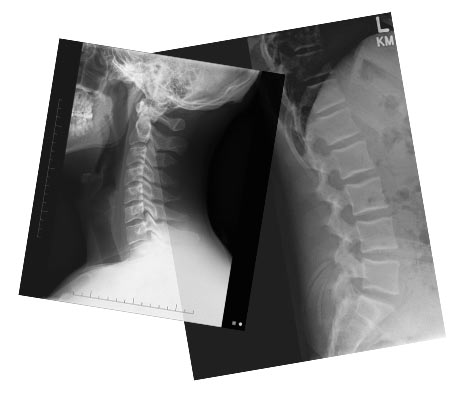




Recently published studies have suggested a direct correlation between sagittal alignment and both short- and long-term clinical outcomes, even in short-segment fusions. Reliable spinal motion and alignment data support informed surgical decisions and provide potentially powerful patient consult tools. The clinical benefits of Profile-ESP are realized by only a few additional image captures.
Previously only considered for deformity surgical procedures, numerous articles suggest the clinical importance of sagittal alignment in even short-segment lumbar fusion.
Researchers have proposed that sagittal balance occurs when pelvic incidence (PI) matches lumbar lordosis (LL); the difference is referred to as PI-LL mismatch. PI-LL mismatch serves as a proxy for full spine sagittal alignment measurements which quantify the placement of the patient's center of mass over the anatomical structures carrying that load.

Sagittal alignment, disc height, and bending effort are included in the Profile-ESP report along with the assessment of spinal motion and instability. The Profile-ESP report provides customizable “red-light” alerts for key measures including when PI-LL mis-match exceeds the clinically relevant threshold.
Reports and image data are exchanged through a secured PACS to PACS connection. Statera Spine operates highly-secure cloud servers compliant to key security and privacy standards.
